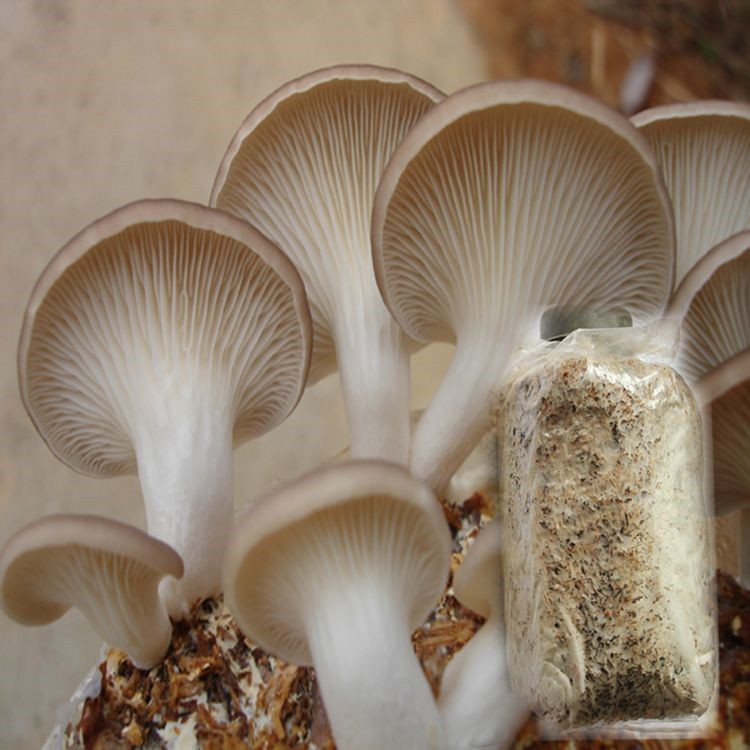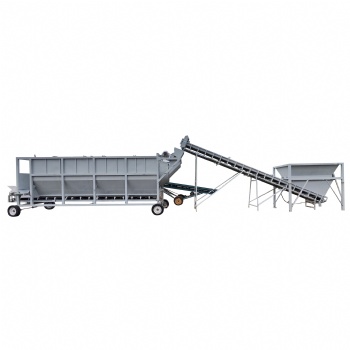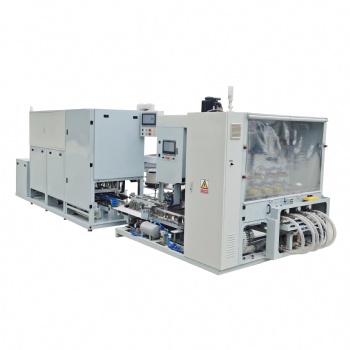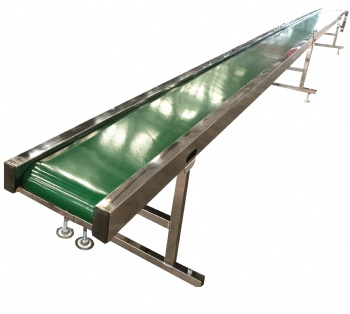News
Biological characteristics and production mode of Oyster mushroom

Biological characteristics of Oyster mushroom
Oyster mushroom is a mesophilic edible fungus, wood-decomposing nutrition type. The optimum
growth temperature of mycelium is 25~28℃, the temperature of fruiting body is 15~21℃, and the
carbon dioxide concentration is controlled at 0.2%. The relative humidity of air is controlled at 60%~65%
during the spawning stage, and 85%~90% during the fruiting stage.
Production mode
According to the cultivation mode, the vast majority of China's Oyster mushroom production is still
agricultural production, and a few have achieved factory production. Due to the impact of agricultural
production, the factory production of Oyster mushroom has not yet achieved year-round production.
According to the cultivation container, my country uses plastic bags for cultivation, and there is no
bottle cultivation. Japan and South Korea use bottle cultivation. According to the culture medium
treatment method, it is divided into: raw material cultivation, fermented material cultivation and
cooked material cultivation.
For Oyster mushroom, the advantages of bag cultivation are more tides and high yields. The specifications
of the cultivation bag are one of the important factors affecting the yield. The advantages of bottle cultivation
are high consistency of mushroom production, easy management, and suitable for factory cultivation.
The above picture shows grid cultivation. The light-induced mushroom buds are neat. The reflection on
the ground is the presence of a water film, which increases the relative humidity of the air and ensures
that the mushroom buds develop normally into commercial mushrooms.
Regarding the processing methods of culture media, there are mainly three types: raw materials, fermented
materials, and cooked materials. Raw material cultivation has been almost eliminated due to serious pollution
rates and pests and diseases. For agricultural production, fermented materials or cooked materials can be selected
according to the season. Some areas have tried to ferment for a short time before sterilization, but this technology
is affected by the season and raw materials and is not yet mature. Factory cultivation must use cooked materials.
Categories
Contact Us
- +86 15093267083
- +86 15093267083
- amy@zzbelead.com
- +8615093267083




